Asia Pacific International College: Nokia Innovation Project - SBM4301
VerifiedAdded on 2022/11/26
|7
|460
|100
Project
AI Summary
This project analyzes Nokia's potential re-emergence in the market through the application of the Design Thinking Model. The assignment begins with an introduction to Nokia's historical context, highlighting its past market dominance and subsequent challenges from competitors like Apple and Samsung. It then delves into the five stages of the Design Thinking Model: Empathize, Define, Ideate, Prototype, and Test, detailing how each step can be applied to Nokia's situation. The Empathize stage emphasizes understanding user needs, while the Define stage focuses on reframing the problem. Ideate involves generating innovative solutions, Prototype involves creating scaled-down versions, and Test involves rigorous evaluation. The project highlights the importance of innovation and technology in helping Nokia regain its market position. The assignment also includes references to academic sources that support the analysis.
1 out of 7
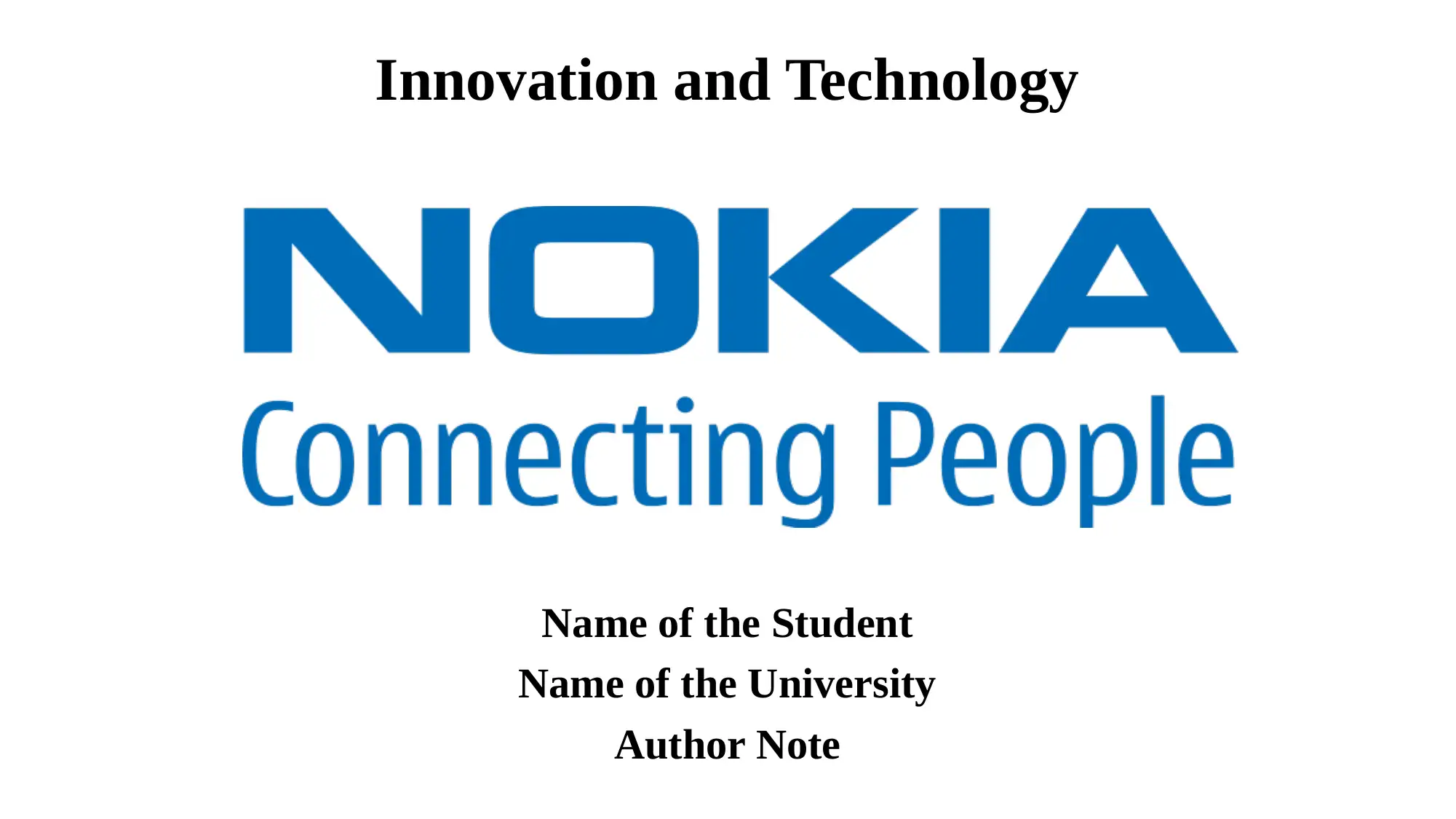
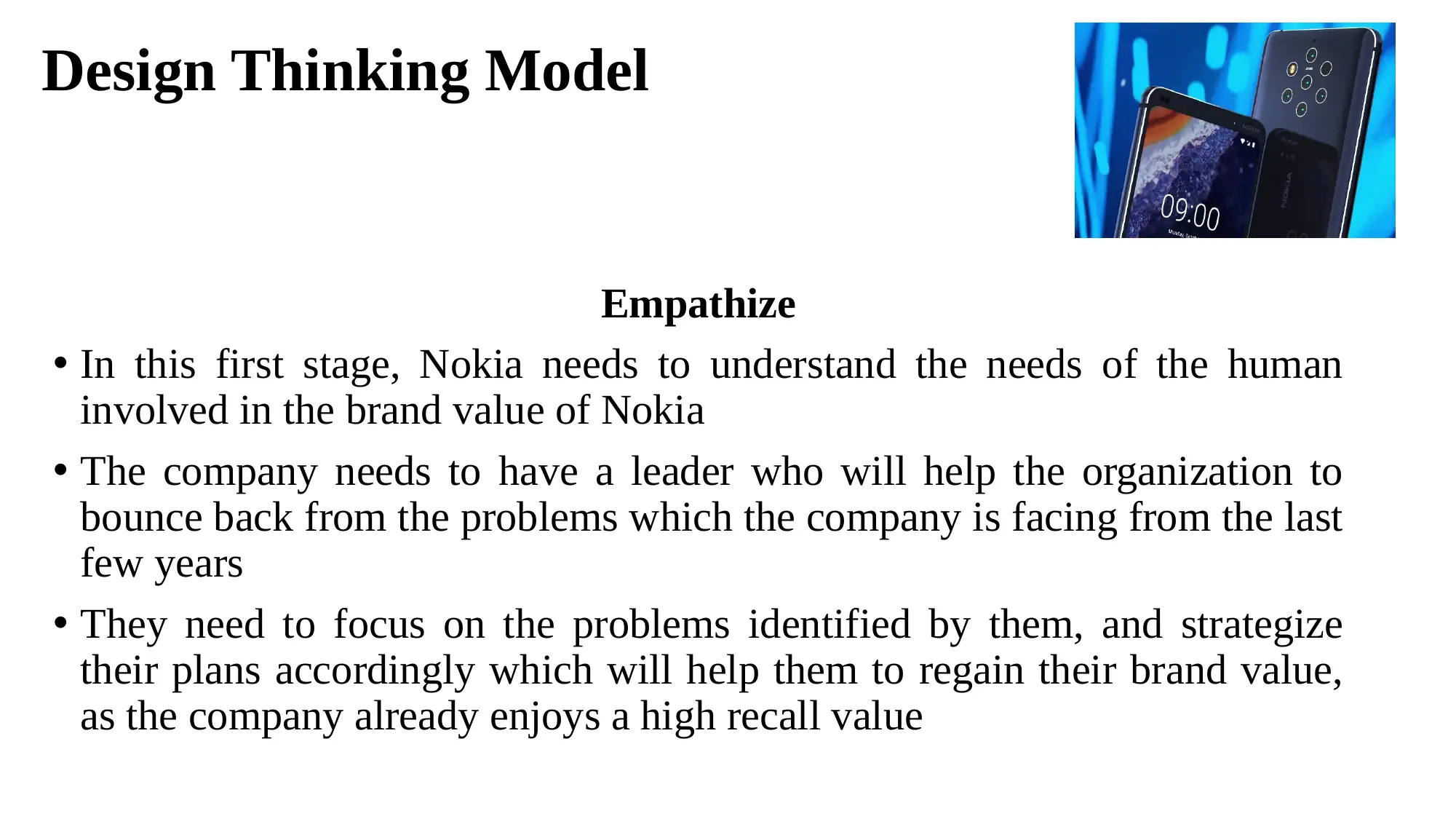
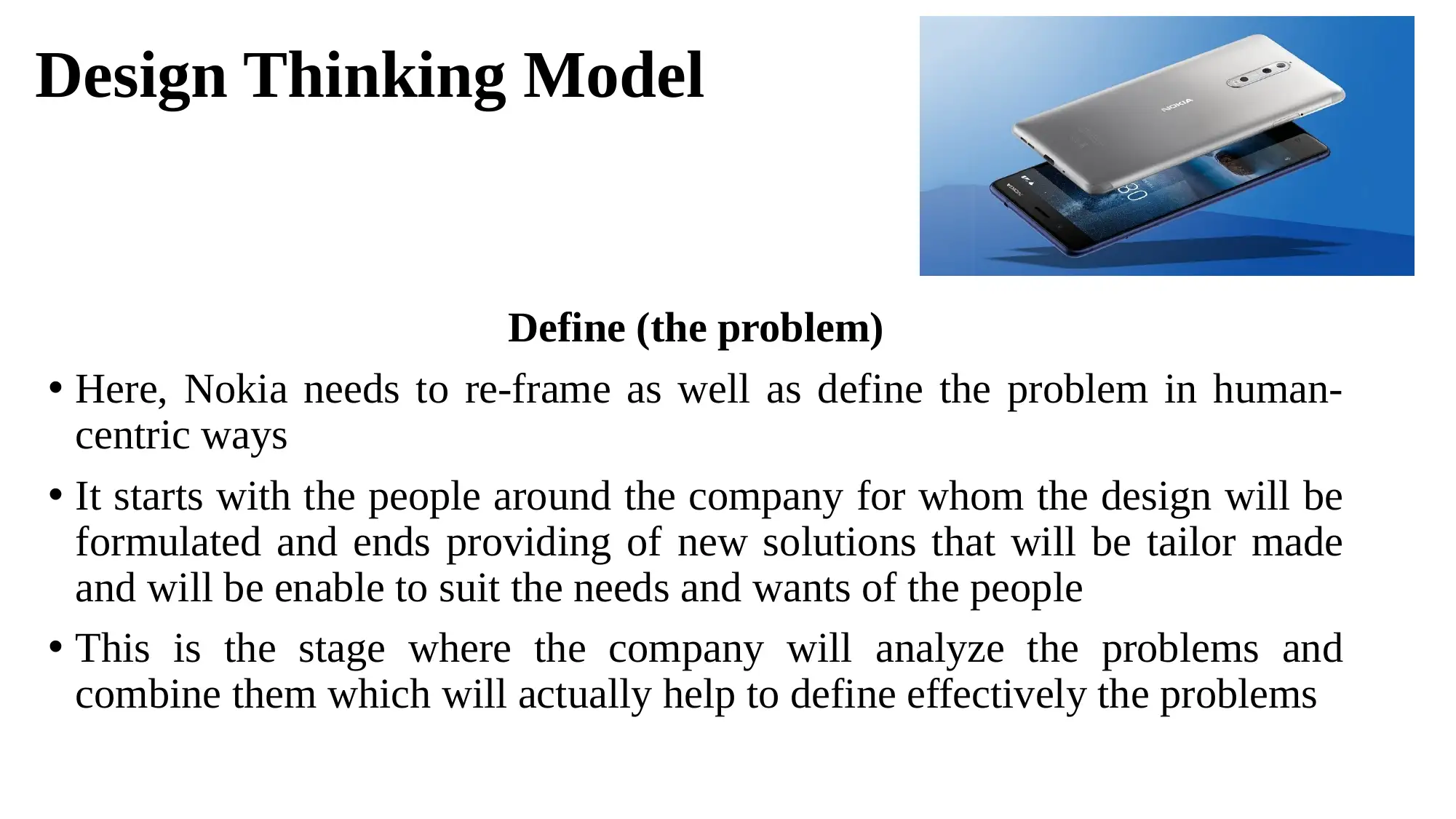

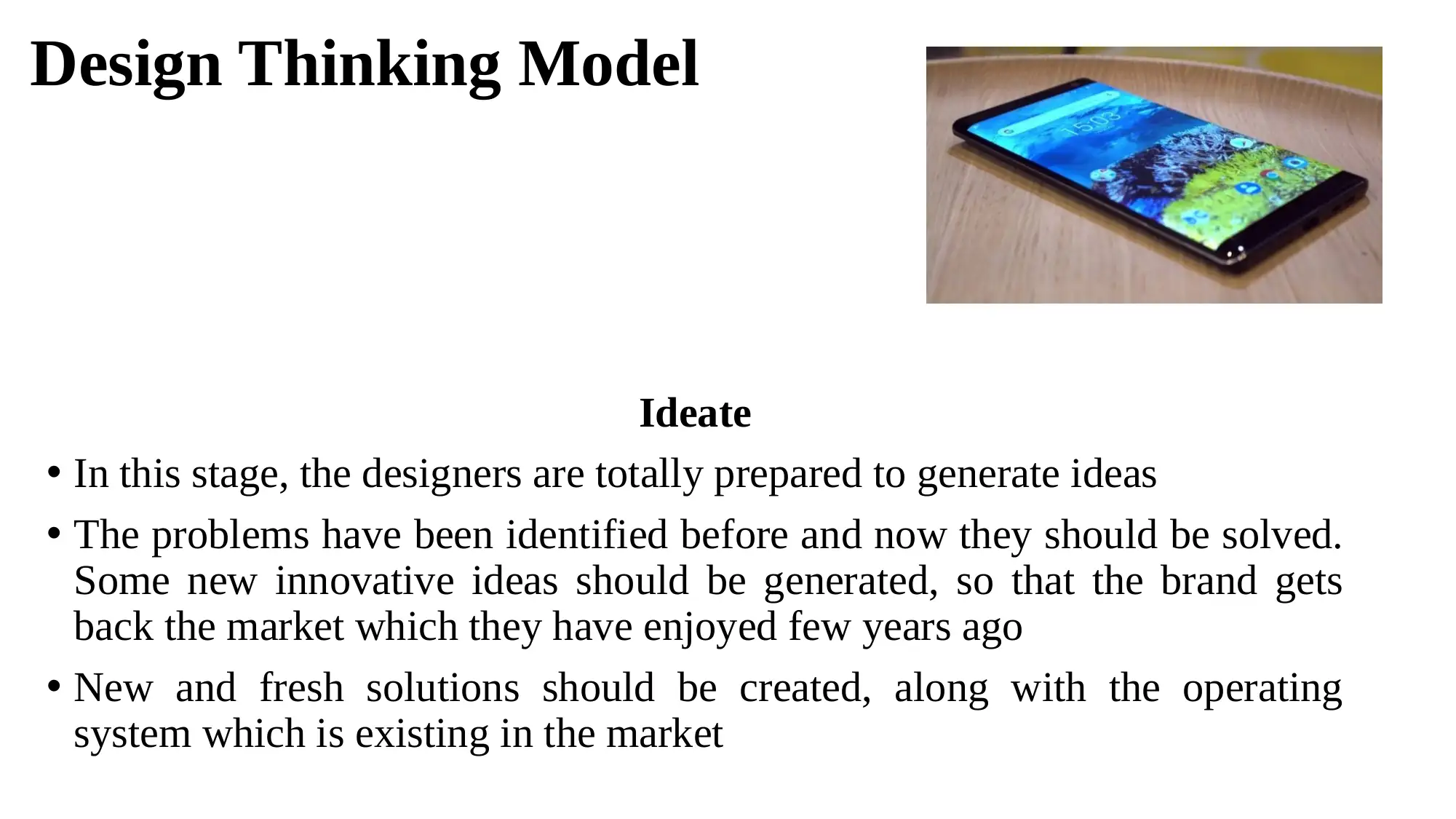
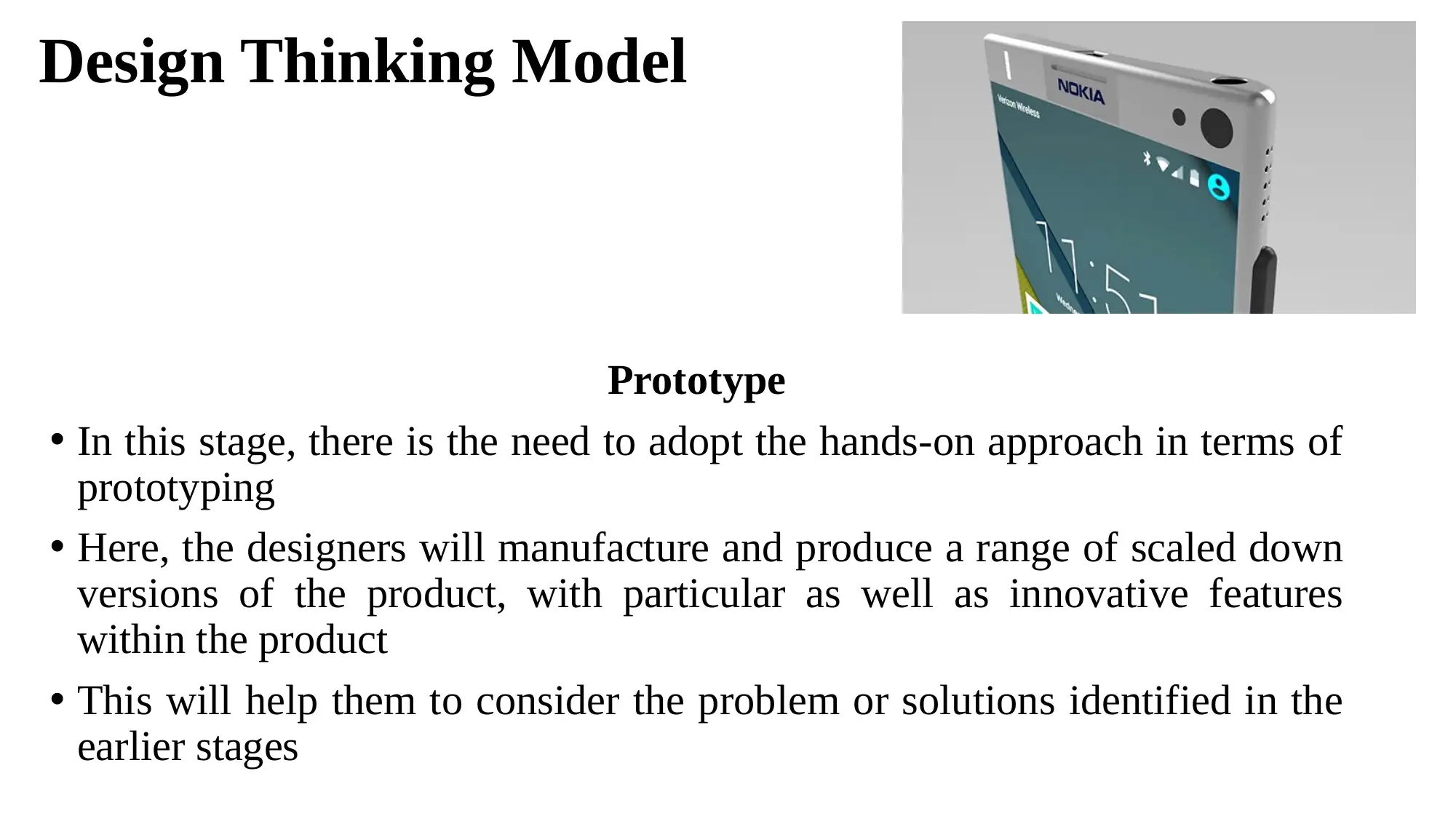
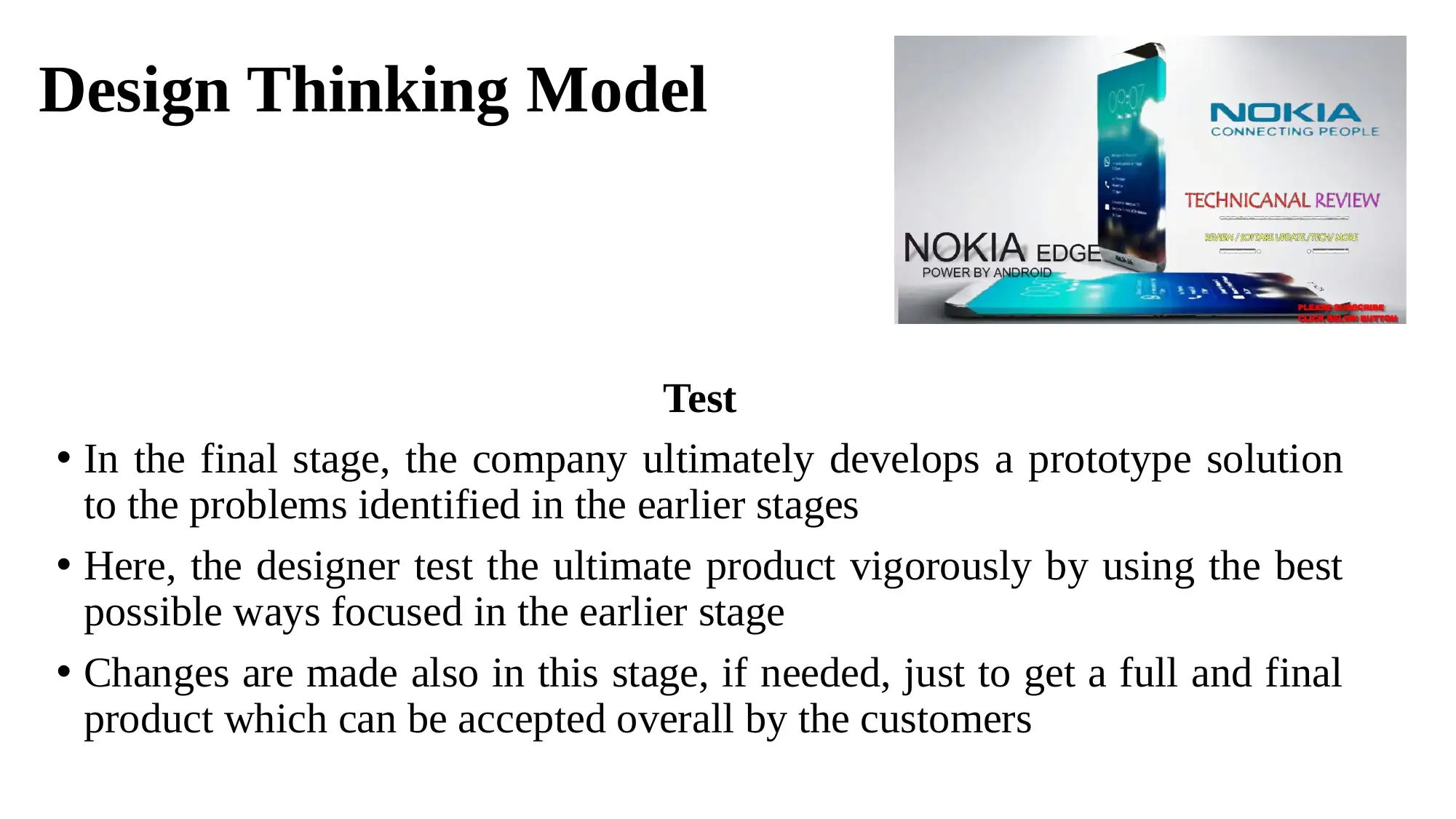
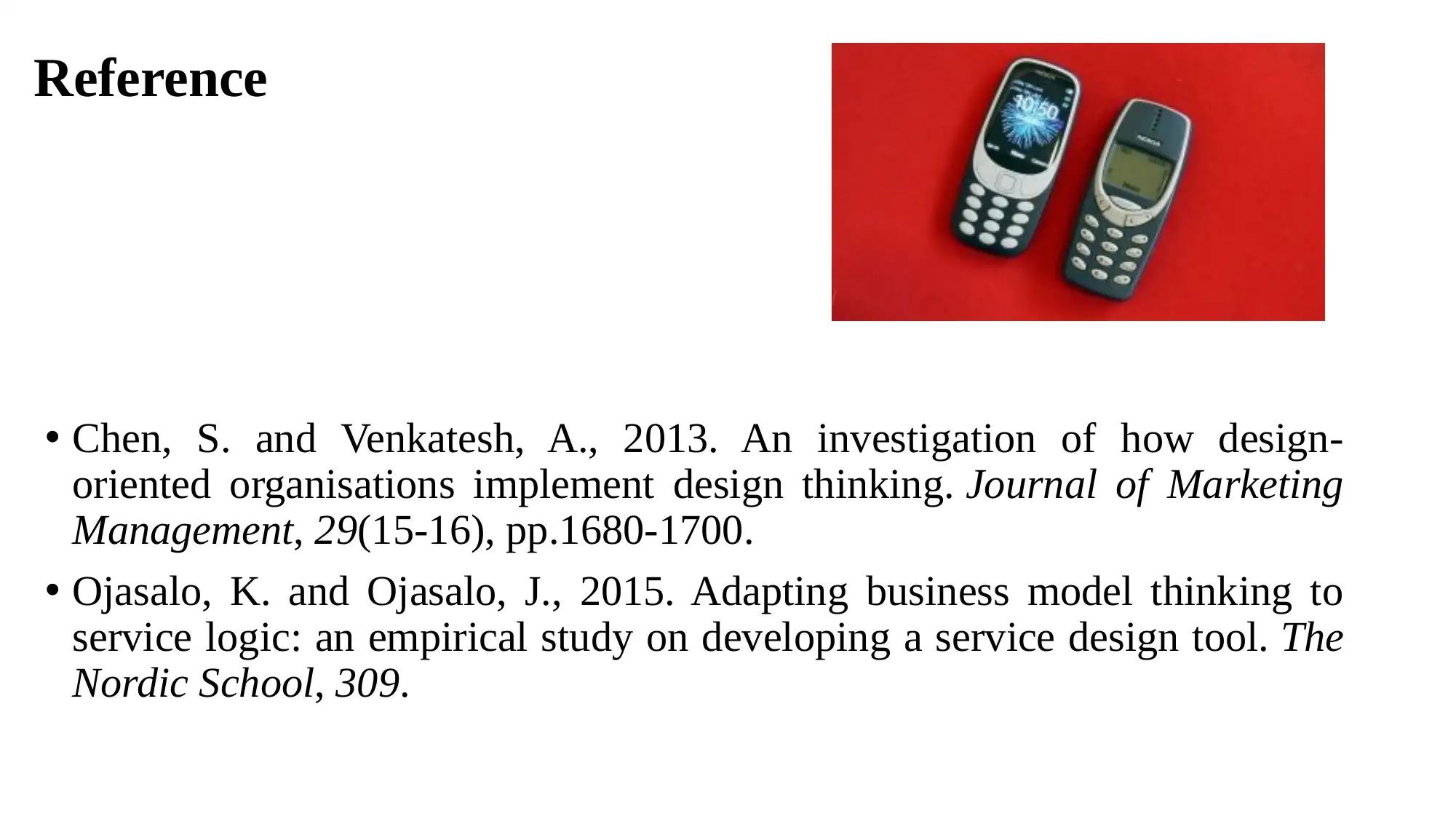






![[object Object]](/_next/static/media/star-bottom.7253800d.svg)